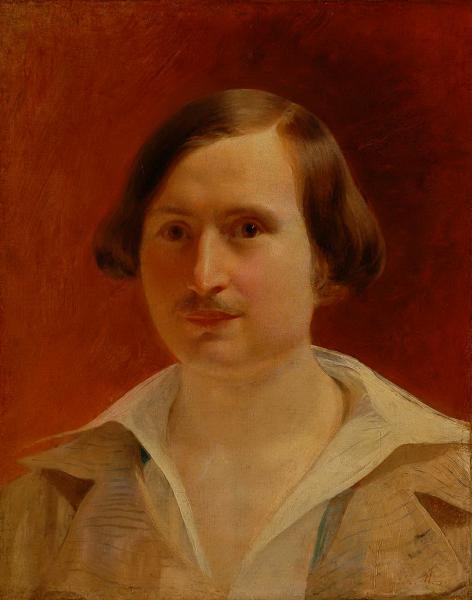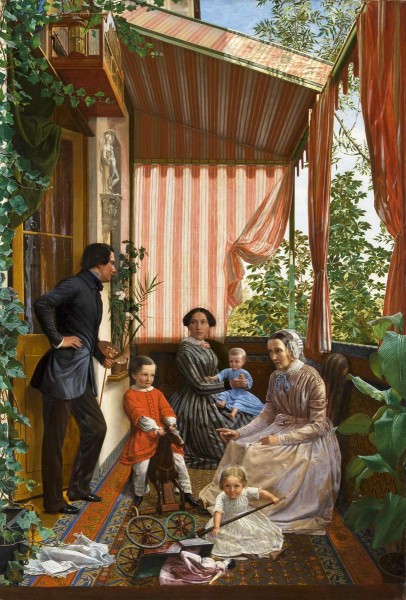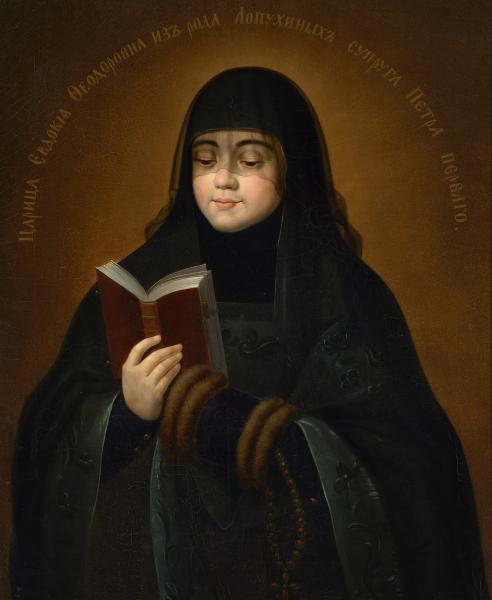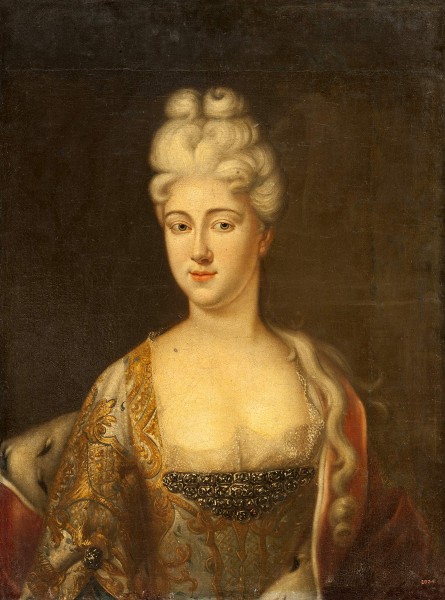The artist is Muller

Gogol Nikolay Vasilievich (1809–1852) – great Russian writer. Born in the city. Sorochintsy (Little Russia). From 1828 in St. Petersburg. From 1836 to 1848 he lived mainly abroad, mainly in Italy, sometimes leaving for Russia. The fame of the writer was brought by a collection of stories “Evenings on the Farm near Dikanka” (1831–1832). The author of the collections “Mirgorod”, “Arabesques”, “Petersburg Tales”, “Examiner”, “Marriage”, the poem-romance “Dead Souls” and others. In 1847 he published “Selected places from correspondence with friends” – a collection of essays dedicated to issues of literature, art, philosophy, religion. In 1852, before his death he burned the second volume of “Dead Souls”. Portrait Gallery of the Russian Museum. Persons of Russia. SPb. 2012. With. 115.
Moller repeatedly wrote portraits n. AT. Gogol, with whom he was well acquainted. The writer, like Moller, arrived in Rome in 1838 and lived in Italy, sometimes going to Russia, until 1848. From the memoirs f.And. Jordan: “We are three: Alexander Andreevich Ivanov … Later, Fedor Antonovich Moller and I remained evening visitors to Gogol”. And further: “Ivanov, Moller and I sat every evening with Gogol” (Jordan F. And. Notes. M., 1918. With. 184). Gogol himself considered a portrait of Moller’s brush to his only similar image and the Mollerovsky portrait gravated by Jordan preferred to others. The earliest portrait of Gogol’s malller, dated 1840, was sold by the artist himself.M. Tretyakov (currently located in the Ivanovo Regional Museum). The portrait signed by 1841 was stored in the Poltava State Museum of History and Local Lore (disappeared during the Second World War). Repetition of this portrait (not dated) in the GTG. Another portrait (1841), which received in 1899 to the Russian Museum from Baroness Nolken, was issued on June 20, 1941 at the Lermontov exhibition (lost during the Second World War). Portrait n. AT. Gogol from the collection a. With. Khomyakova was in the State Historical Museum. There are several more portraits of the writer, the belonging of the Moller brush is doubtful.


